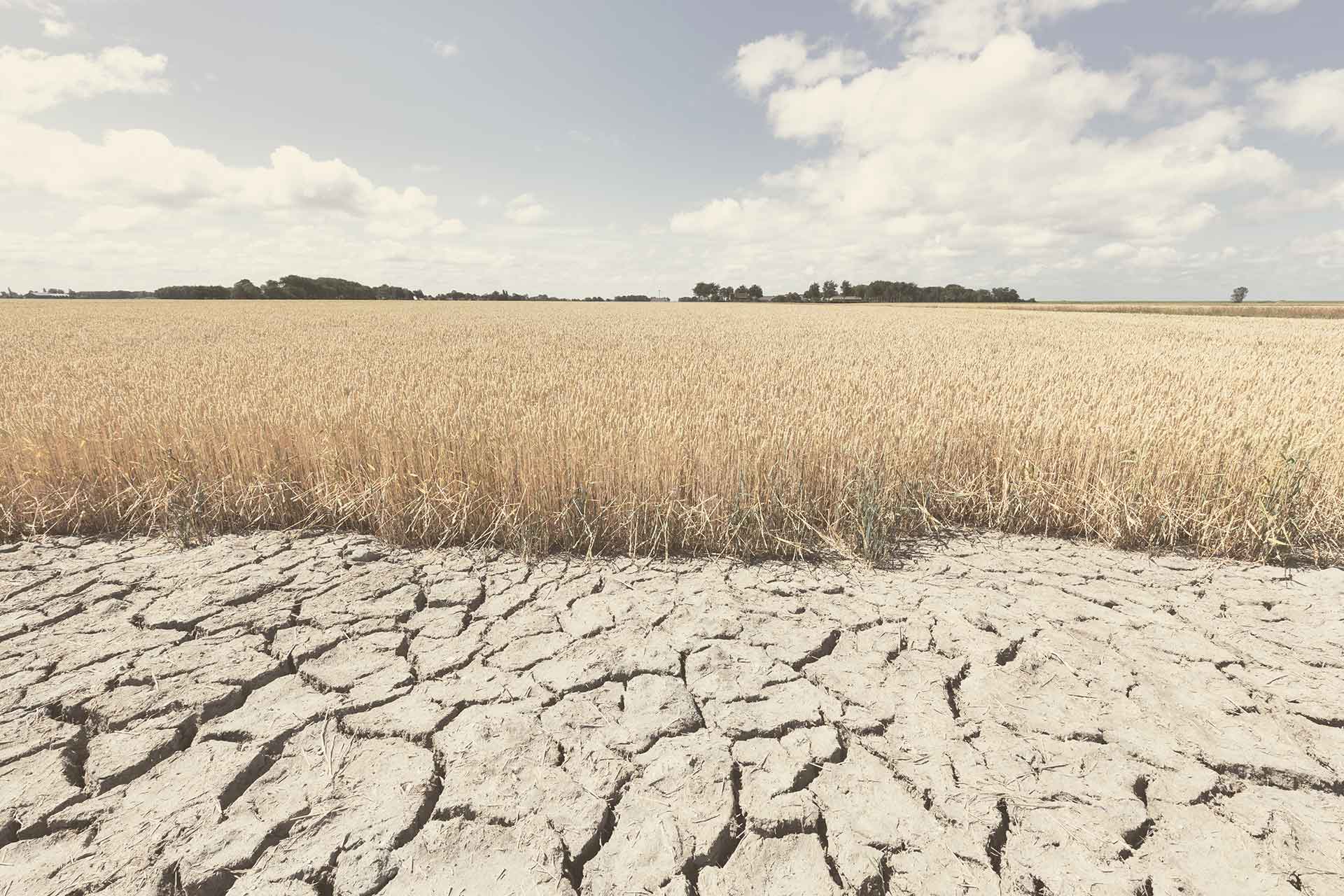



Article by: Hari Yellina (Orchard Tech)
Australia’s agriculture industry is fundamental to feeding us. More than 90 per cent of the food Australians eat is produced domestically. In addition to sustaining us, many Australians and communities in regional towns rely on the success of agriculture for their viability, with the agriculture, forestry and fisheries industries employing almost 3 per cent of Australia’s workforce, of which 82 per cent live in regional areas. Agriculture also provides significant export income: two-thirds of the food and fibre produced is exported, comprising 11 per cent of all goods and services exports in 2018–19. In environmental terms, agricultural businesses occupy more than half of Australia’s land area. This land must be sustainably managed if we are to continue producing the quantity and quality of food we want on the limited viable land that we have.
Given most Australian-grown food is exported, Australian farmers are exposed to the vagaries of world markets, as well as costs of inputs such as fertilisers and pesticides, biosecurity risks and adverse weather events, which are becoming more severe and more frequent. Australian farmers receive minimal government subsidies compared to those in many other countries. In 2016–18, just over 2 per cent of Australian farmer revenue was derived from government support. This is below the Organisation for Economic Cooperation and Development (OECD) average and much lower than some countries that receive the most subsidies, such as Norway (61 per cent), Switzerland (55 per cent) and Japan (46 per cent).
Agriculture is not just the farm: it encompasses the supply chain from the farm to the consumer and the industries that support farmers. Processes that improve efficiency in any part of the supply chain benefit all players. Consumers, particularly in Western societies, are increasingly showing a preference for environmental sustainability in food production and healthy and ethically-produced food, as well as taste, convenience and price. Elimination of food waste along the entire production chain, including in the home, can contribute to reducing demand and improving sustainability.
Increased prevalence of extreme and intense drought, flooding and temperature variability due to climate change in recent decades has placed further pressure on Australian farmers. In addition to being susceptible to fluctuations of the market, farmers must now also adapt their agriculture practices to be productive and economical in changing climatic conditions.
Although climate trends across Australia are complex, over the last century, rainfall in the northern regions has generally increased, while in the southern regions it has decreased. These trends are accompanied by increases in the frequencies of extremes in weather events such as increased periods of drought and varying rainfall distribution. Changes in climate are testing Australian farmers, who will have to continually adapt their practices to maintain Australian agriculture productivity.